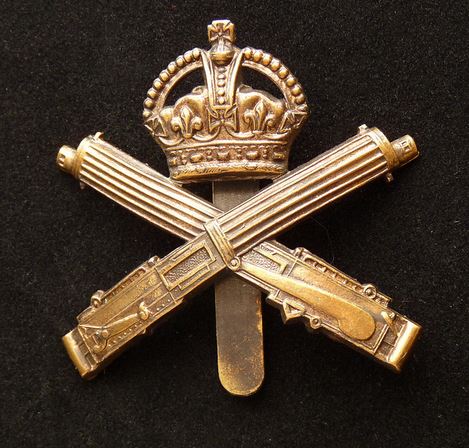Personal Details
Born: 15 April 1880 in Hanley, Stoke-upon-Trent, Staffordshire and baptised on 19 March 1895 in the Parish Church of Northwood, Hanley.
Family: He was the second of three children born to William Thomas Johnson, a potter’s manager, and his wife Jane. No marriage can be traced for Frederick.
Residence: In 1891 he was living with his parents and siblings at 83 Mount Street, Stoke-upon-Trent; by 1901 they had moved to 9 Jervis Street, Hanley. At the time he enlisted he was living at Hadley Farm, Wrexham Road, Whitchurch. At the time of his death he was living at 95 Brook Street, Hanley.
Employment: In 1901 he was a groom; at the time he enlisted he was a farm assistant.
Died: In 1922 in Stoke-upon-Trent, aged 42.
Military Details
Regiment: Machine Gun Corps (previously Cheshire Regiment)
Rank: Private
Service Number: 28194 (previously 30588 and 50457)
Date of Enlistment: 30 November 1915
Date of Discharge: 8 May 1918
Reason for Discharge: No longer physically fit for war service
Other Information: He suffered a gunshot wound to the ankle.
Frederick was awarded the Campaign Medals (British War medal and Victory medal) and the Silver War Badge (number 363762) awarded 21 May 1918

The British War Medal (also known as 'Squeak') was a silver or bronze medal awarded to officers and men of the British and Imperial Forces who either entered a theatre of war or entered service overseas between 5th August 1914 and 11th November 1918 inclusive. This was later extended to services in Russia, Siberia and some other areas in 1919 and 1920. Approximately 6.5 million British War Medals were issued. Approximately 6.4 million of these were the silver versions of this medal. Around 110,000 of a bronze version were issued mainly to Chinese, Maltese and Indian Labour Corps. The front (obv or obverse) of the medal depicts the head of George V. The recipient's service number, rank, name and unit was impressed on the rim.
The Allied Victory Medal (also known as 'Wilfred') was issued by each of the allies. It was decided that each of the allies should each issue their own bronze victory medal with a similar design, similar equivalent wording and identical ribbon. The British medal was designed by W. McMillan. The front depicts a winged classical figure representing victory. Approximately 5.7 million victory medals were issued. Interestingly, eligibility for this medal was more restrictive and not everyone who received the British War Medal ('Squeak') also received the Victory Medal ('Wilfred'). However, in general, all recipients of 'Wilfred' also received 'Squeak' and all recipients of The 1914 Star or The 1914/1915 Star (also known as 'Pip') also received both 'Squeak' and 'Wilfred'. The recipient's service number, rank, name and unit was impressed on the rim.

The Silver War Badge was issued in the United Kingdom and the British Empire to service personnel who had been honourably discharged due to wounds or sickness from military service in World War I. The badge, sometimes known as the "Discharge Badge", the "Wound Badge" or "Services Rendered Badge", was first issued in September 1916, along with an official certificate of entitlement.

